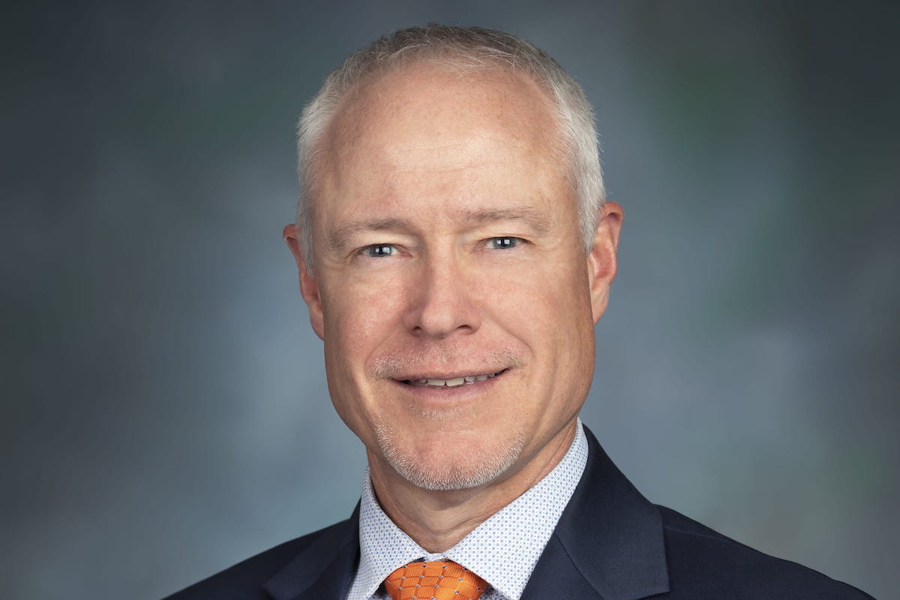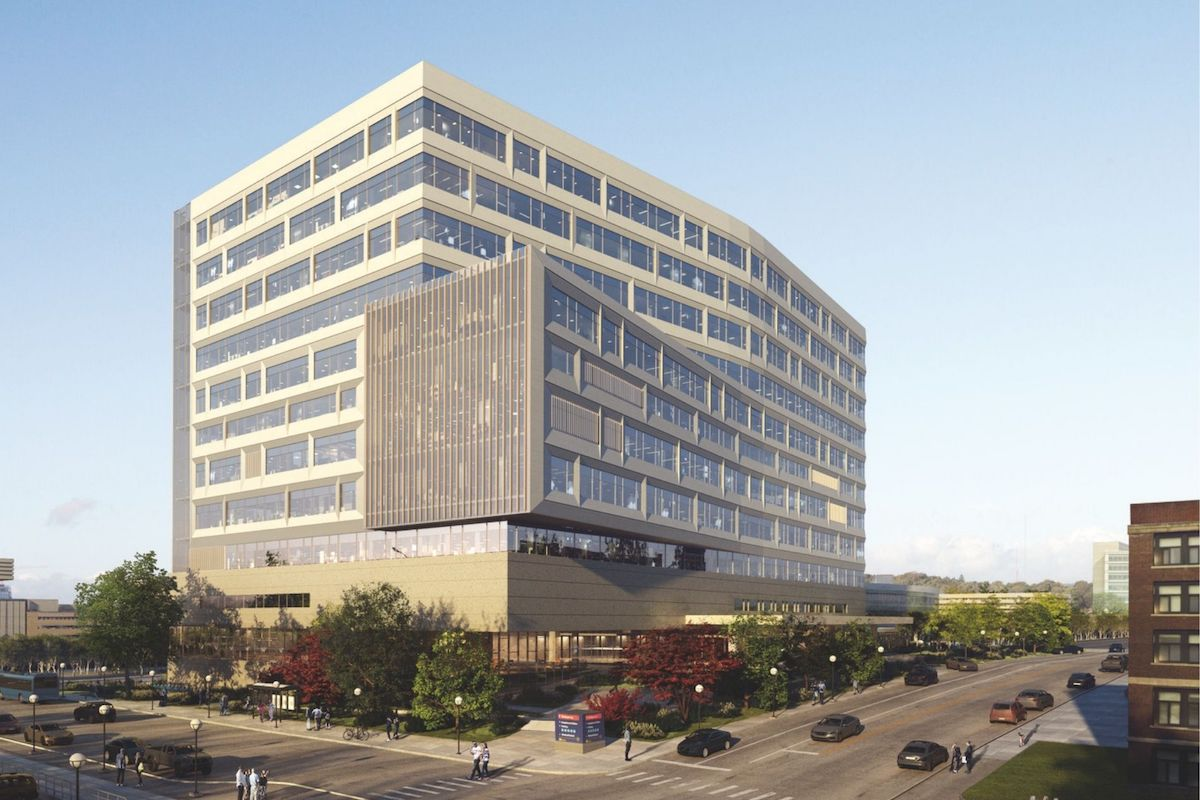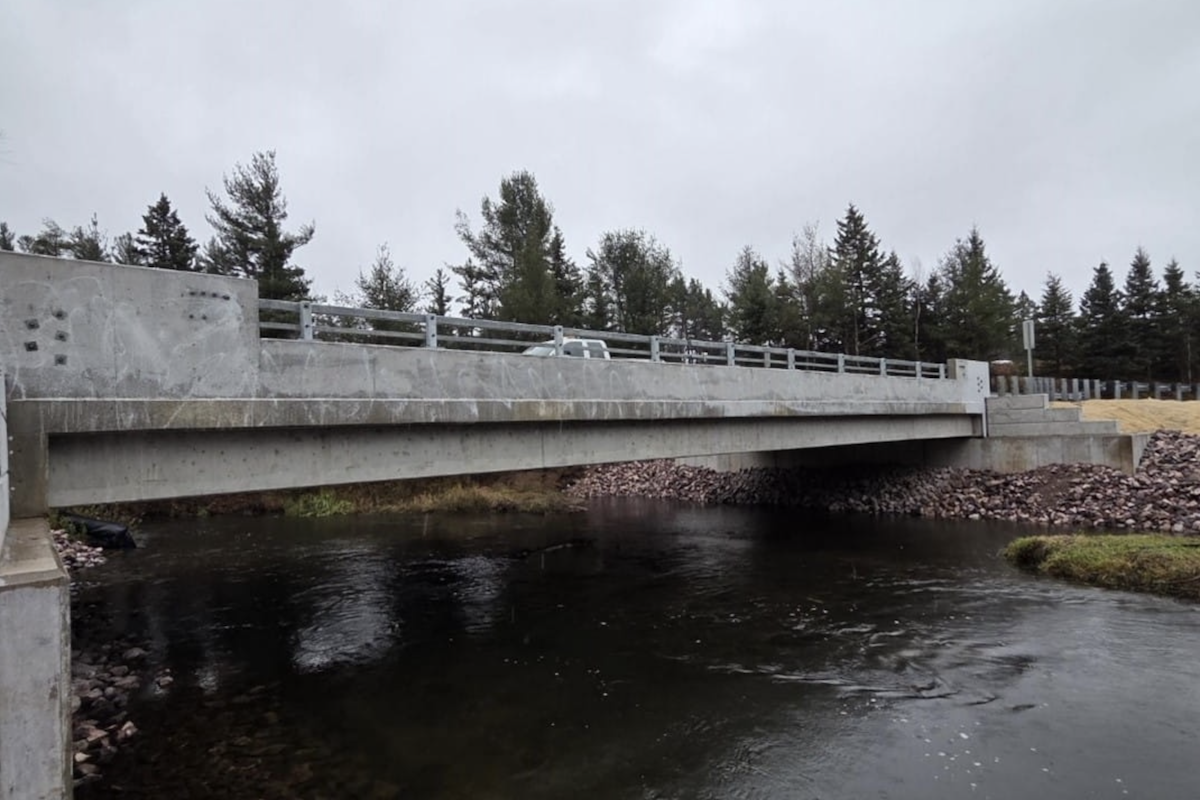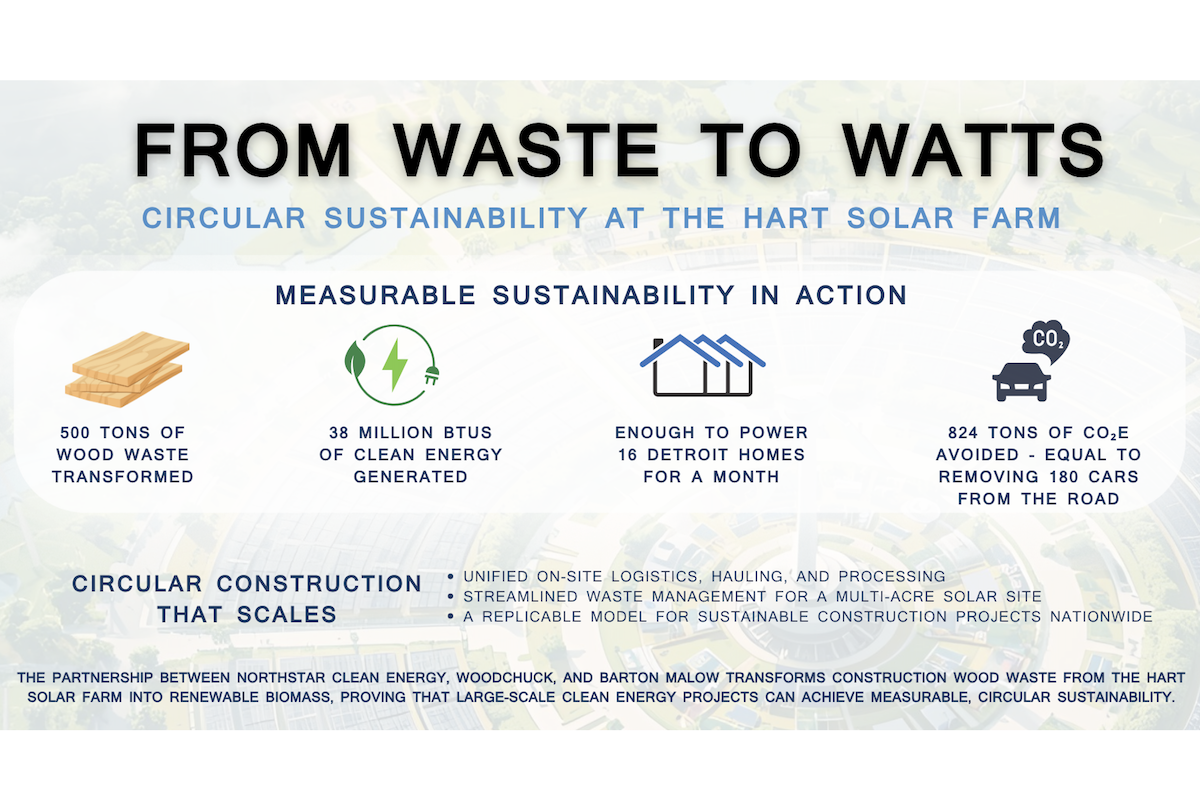U.S. 24 is at the southern end of the five-mile project area. There is significant traffic along this stretch of I-475, and backups during rush hour are a regular occurrence. Widening the highway from two to three lanes in each direction is expected to alleviate the congestion. The project area is the last north-south section of I-475 that remains two lanes in each direction.
The average daily traffic count on this segment of I-475 reaches over 75,000 vehicles per day and is projected to be over 80,000 by 2042. The traffic includes both local traffic and through traffic. This corridor sees about 8 percent of heavy truck/commercial traffic today and is projected to increase to 15 percent by 2042.
A project to create interstate access at U.S. 20A has been seen as a regional growth opportunity for decades. The Toledo Metropolitan Area Council of Governments (TMACOG) developed a strategic plan in the 2000s. The plan prioritized the current project.
Local officials and politicians alike believe the project will draw businesses to the area, in addition to the existing companies who will also benefit. The local area is particularly attractive because of its proximity to the Eugene F. Kranz airport, the Ohio Turnpike, and multiple railroads. The ease of transport makes the area primed to grow into a commercial powerhouse and a thriving corridor.

| Your local Deere & Co dealer |
|---|
| AIS Construction Equipment |
Two bridges (northbound and southbound) that cross the Norfolk Southern Railroad and Monclova Road are being replaced to accommodate the interstate widening and additional ramp lanes.
A new collector/distributor (CD) lane is being constructed and extends approximately 1 mile in either direction of the new U.S. 20A interchange. CD lanes are used to safely direct ramp traffic with ingress and egress to the interstate.
Finally, the project is constructing a new interchange at U.S. 20A. The team chose to make the new interchange a diverging diamond interchange (DDI) because of the safety benefits that come with eliminating left turns against oncoming traffic. With the corridor primed for development, the design was also chosen because of the ability to move volumes of traffic more efficiently.
DDIs do, however, have a bigger footprint and require teams to do more earthwork. The team has moved just under 800,000 cubic yards of fill material during the construction project.
“The significant number of underground utilities in a small area makes it difficult to do the work safely,” said Mike Lowe, an Area Manager with Kokosing, which is serving as the general contractor for the project. “To keep everyone safe and help us get the work done, we try to get the utilities outside of the work area.”
Upon completion, the DDI will be one of four interchanges along the five-mile stretch of I-475. From south to north, the interchanges are on U.S. 24, U.S. 20A (under construction), Dussel Drive/Salisbury Road, and State Route 2/Airport Highway.
“Each interchange runs into the next from an MOT [maintenance of traffic standpoint],” Lowe said, “which makes it challenging to get the construction phasing to match up and keep the roadway open and safe for the traveling public.”
It has been a team effort between the contractor and ODOT to determine the best solutions to the issues and what works best for the public. Because of the team effort, most ramp closures have been short-term and on the weekend, when they will have less impact. However, there have been some longer-term ramp closures as well. One ramp was closed for a year to facilitate building the future northbound Monclova Road overpass bridge.
The other interchanges are not DDIs, which has added to the MOT challenge. “Each interchange in the area has individual ramps for each direction of travel,” said Brian French, an ODOT District 2 Area Engineer who oversees multiple projects in the area. “This has complicated the MOT, as there are multiple points that we need to control.”
Lowe mentioned another challenge he and Kokosing have seen on the current project and in general. “The labor challenges are ongoing,” he said. “There’s less and less interest from the younger generation in getting into this field. There are not enough people interested in the industry, so getting qualified skilled labor to do the work is tough.”
There have been limited lane closures along I-475. However, lanes have been narrowed to give construction personnel room to work. The thinner lanes can present safety challenges.
While Kelsey has not worked with Kokosing previously, the contractor has a strong presence in the project vicinity. Other team members from ODOT and Kokosing have previously worked together, and Kokosing has worked with ODOT on projects throughout the state, including other I-75 projects in the area. Lowe said that this work was a target project for Kokosing.
So far, the nearly $102 million project is on budget. The project is being financed by local, state, and federal agencies. Local contribution is about 11 percent, state contribution is about 58 percent, and federal contribution is 31 percent.
One challenge the team mitigated, which impacted project cost and schedule, occurred around the U.S. 24 interchange. The eastbound to southbound lane was scheduled to be closed for a year for construction. “We worked with Kokosing to find ways to adjust the construction,” Kelsey said. “Kokosing found a way to alter the phasing of work a bit differently so that a ramp that was scheduled to be closed for 11 months will instead be closed for only three months.”
There have been many minor adjustments and challenges addressed on-the-go, which led to better conditions for the traveling public, made possible through partnering.
Lowe said that Kokosing did some value engineering and gained significant cost savings. “We changed the plans related to the bridge types and substructure, which saved ODOT $900,000. We also were able to come up with a plan for a roadway that saved ODOT $2 million.”
The project began in the summer of 2022 and is scheduled to complete in the fall of 2024. It is currently on schedule. Kelsey credits the phasing of the work and finding creative solutions for keeping the project on schedule. Mother nature has also been kind, as the winter of 2023/2024 has been relatively mild and enabled the team to keep on task.
When construction is completed, the area will be primed to grow into a thriving commercial, business, and industrial corridor. The widened roads will reduce congestion and improve traffic flow while offering more reliability to users. It will also improve safety as emergency vehicles will be able to respond more quickly when the need arises. The new collector-distributor road will help mitigate intense merging, which can lead to accidents. Finally, travelers coming to and from Toledo and other areas will have greater connectivity.
- Owner: Ohio Department of Transportation
- General Contractor: Kokosing Construction, Westerville, Ohio
- Bridge Construction: Kokosing Construction
- Paving: Kokosing Materials, Inc.
- Project Designer: Arcadis of Ohio, Inc.
- Project Engineer: ODOT District 2 Design Engineering
- Other Key Contractors: Lake Erie Construction (guardrail and signage), Norwalk, Ohio; ARL (temporary and permanent striping), Norton, Ohio; U.S. Utility (Kokosing’s electrical contractor for the project), Perrysburg, Ohio; Key Cable (supplier for U.S. Utility), Perrysburg, Ohio










































































